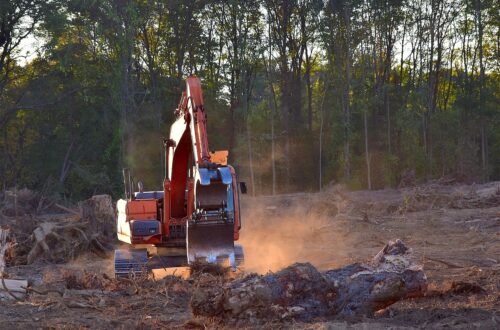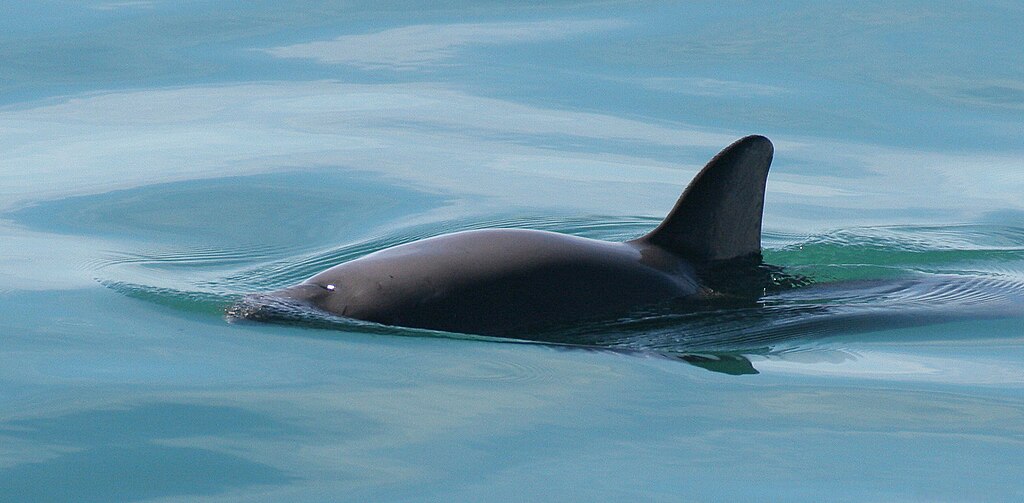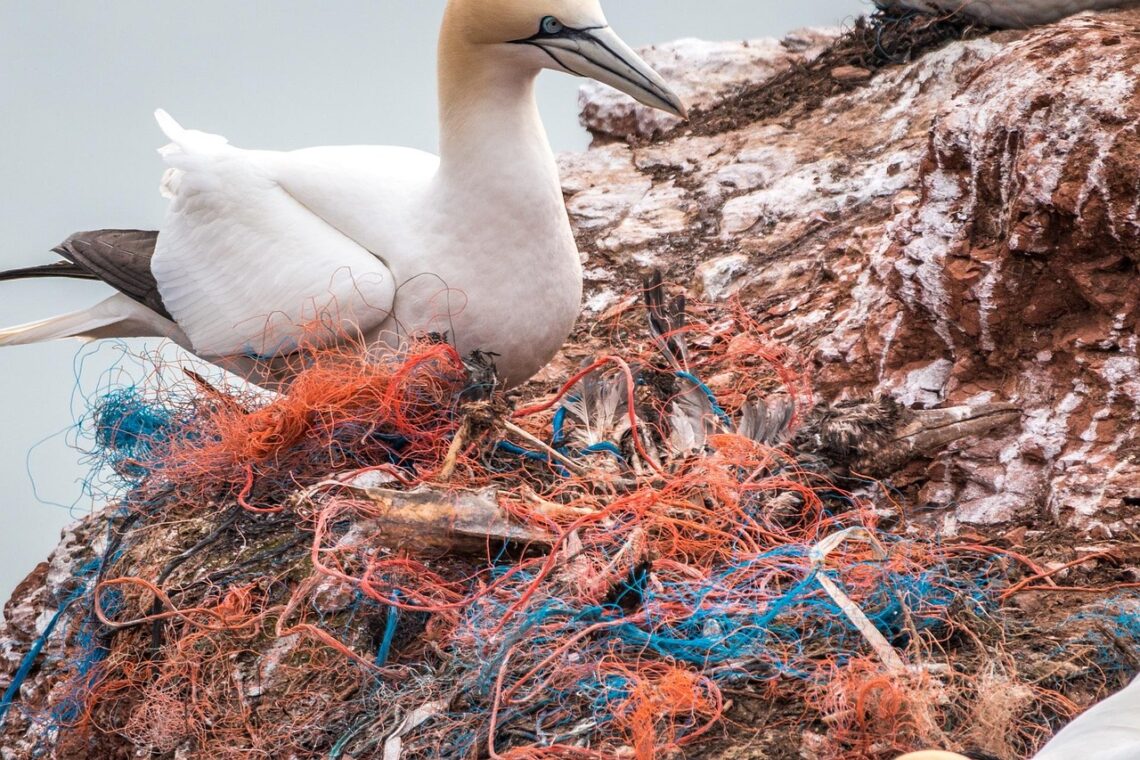
Plastic Everywhere: Microplastics Are Harming Birds–And Us
Introduction
Did you know that every piece of plastic ever made still exists somewhere on Earth? Unlike food or paper—it just breaks down into tinier and tinier pieces (microplastics). That means every plastic bag, bottle, plastic cup, or straw ever created is still out there, whether it’s in a landfill, the ocean, or even tiny pieces floating in the air. Now we’ve learned that microplastics are harming birds–and us!
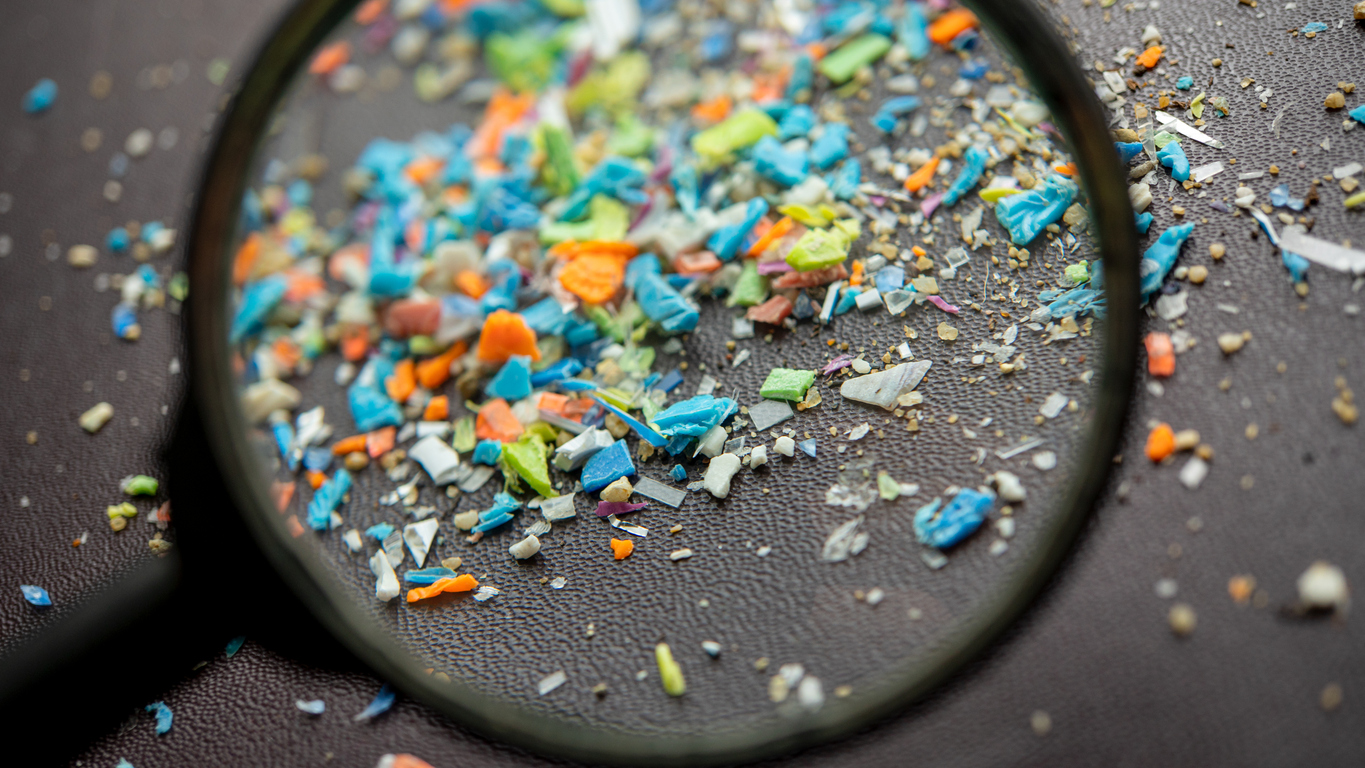
In just the first ten years of the 2000s, people made more plastic than in all of history before the year 2000. Now, scientists estimate that there are between 15 and 51 trillion pieces of plastic floating in the ocean—that’s more than the number of stars in the Milky Way!Did you know that every piece of plastic ever made still exists somewhere on Earth? Unlike food or paper—it just breaks down into tinier and tinier pieces. That means every plastic bag, bottle, plastic cup, or straw ever created is still out there, whether it’s in a landfill, the ocean, or even tiny pieces floating in the air.
Microplastics Are Growing in The Ocean
Plastic pollution is everywhere—even in the middle of the ocean, far from where people live.
One of the most shocking examples is the Great Pacific Garbage Patch, a massive collection of floating plastic in the northern Pacific Ocean. It’s twice the size of Texas, but you can’t see it from space. That’s because most of it is made up of microplastics—tiny plastic pieces that mix with the water, making it look like plastic soup instead of a solid island. And believe it or not, there are five of these giant garbage patches, or gyres, in the ocean!
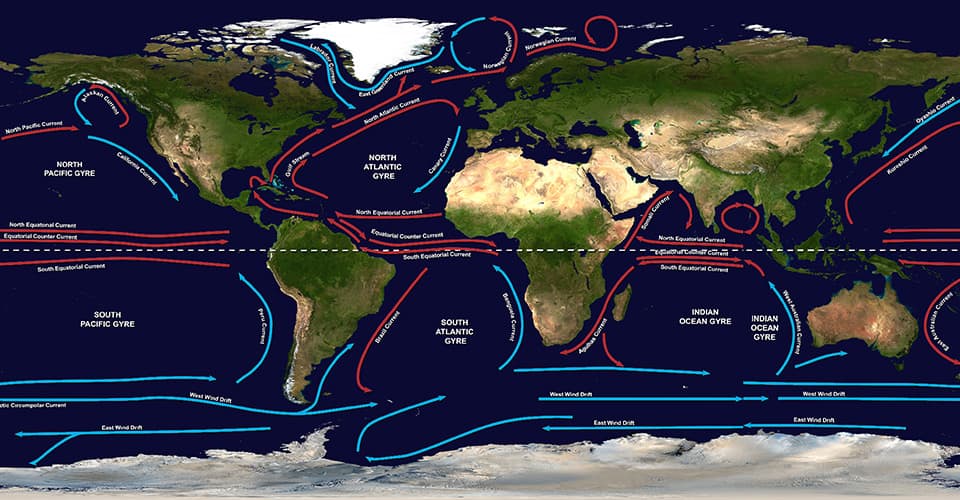
Alarming Research About Microplastics
A recent study found that tiny plastic particles, called microplastics, are getting into the lungs of wild birds. Researchers examined 56 birds from 51 different species near an airport in western China. They discovered an average of 221 plastic particles per bird species and 416 particles per gram of lung tissue. The most common types of plastics found were chlorinated polyethylene, used for insulating pipes and wires, and butadiene rubber, a synthetic material in tires. Every year, an estimated one million birds die because of plastic. Some mistake plastic for food and eat it, while others get tangled in plastic waste and can’t escape. This problem is getting worse fast as more and more plastic ends up in the environment.
This discovery is concerning because it suggests that both birds and humans are inhaling these microscopic plastics present in the air. Exposure to high levels of microplastics has been linked to serious health issues, including heart disease, cancer, respiratory problems, and fertility issues.
The findings highlight the urgent need to address plastic pollution in our environments, as these contaminants can have far-reaching impacts on ecosystem health, as well as human health.
What Can You Do?
1. Use Less Plastic
- Bring your own reusable bags and containers.
- Say no to plastic straws – I love the collapsible kind!
- Wear clothes made from natural materials like cotton or wool instead of synthetic fabrics.
- Avoid products with microbeads (tiny plastic beads in some scrubs and toothpaste).
2. Take Care of Plastic Waste
- Recycle properly so plastic doesn’t end up in nature.
- Pick up litter and help keep plastic out of oceans and rivers.
3. Stop Microplastics from Spreading
- Use a special filter in your washing machine to catch tiny plastic fibers.
- Cora Ball
- Guppy Bag
- Use water filters that remove microplastics from drinking water, such as reverse osmosis systems, ceramic filters, and Brita water filter pitchers use Granular Activated Carbon filters
4. Support New Ideas
- Encourage scientists and companies to create better materials that don’t turn into microplastics.
- Buy biodegradable products when possible.
5. Push for Stronger Rules
- Support bans on plastic waste, like single-use plastics.
- Encourage better wastewater treatment to remove microplastics before they reach oceans.
Together, we can make a difference!
Read more about plastic pollution here!



